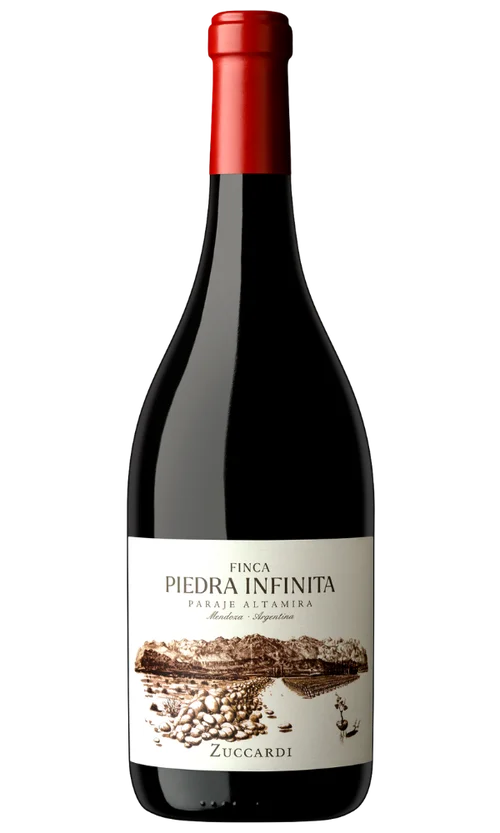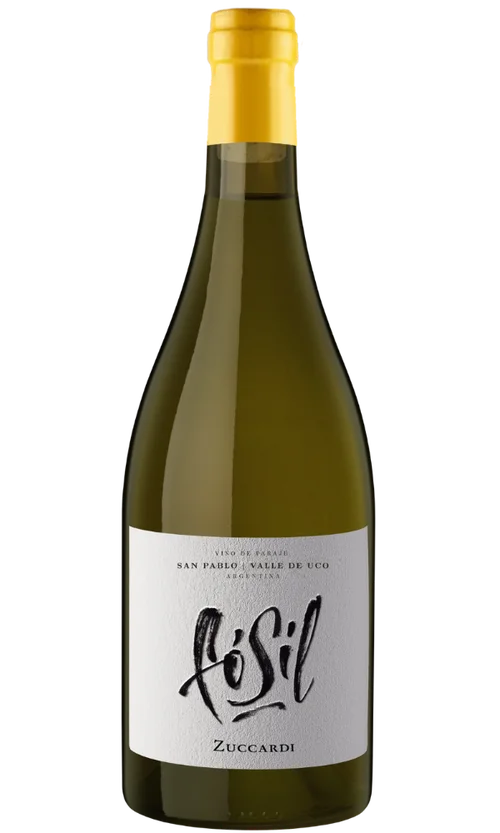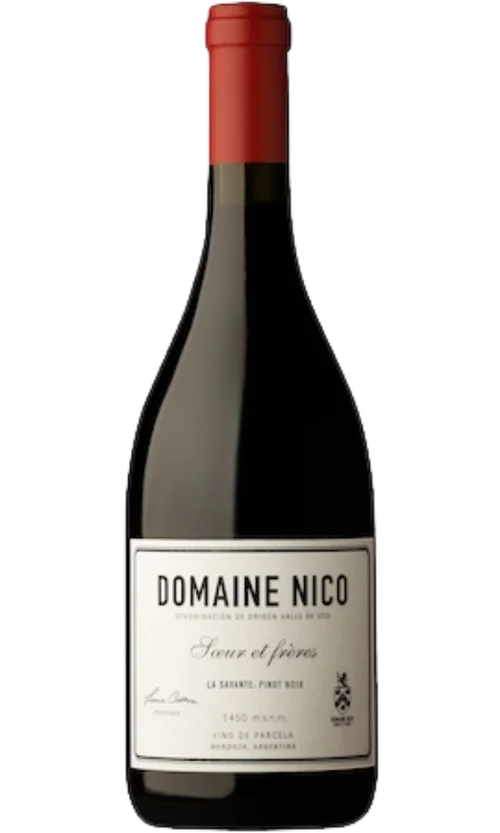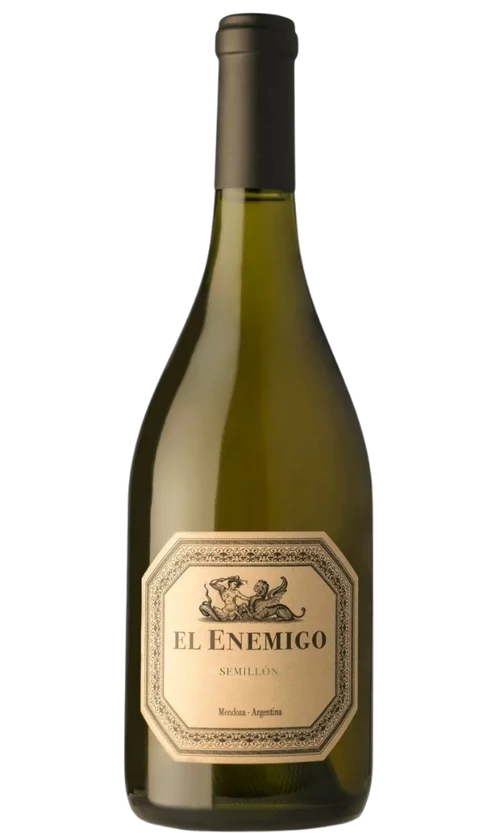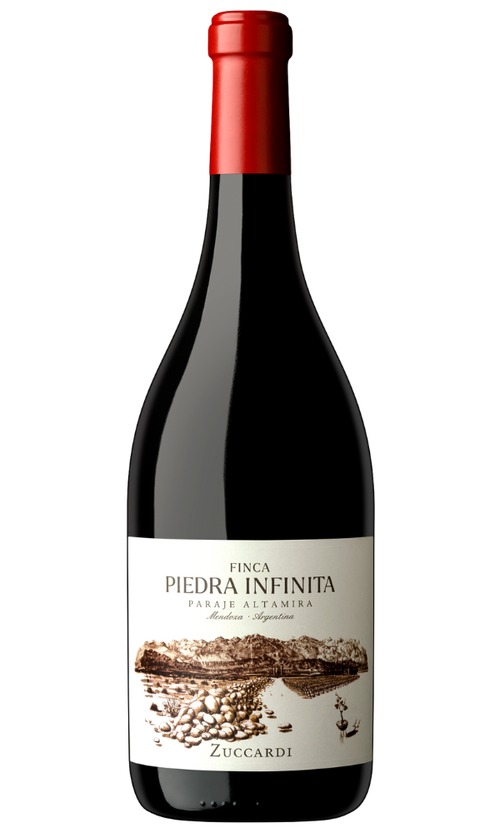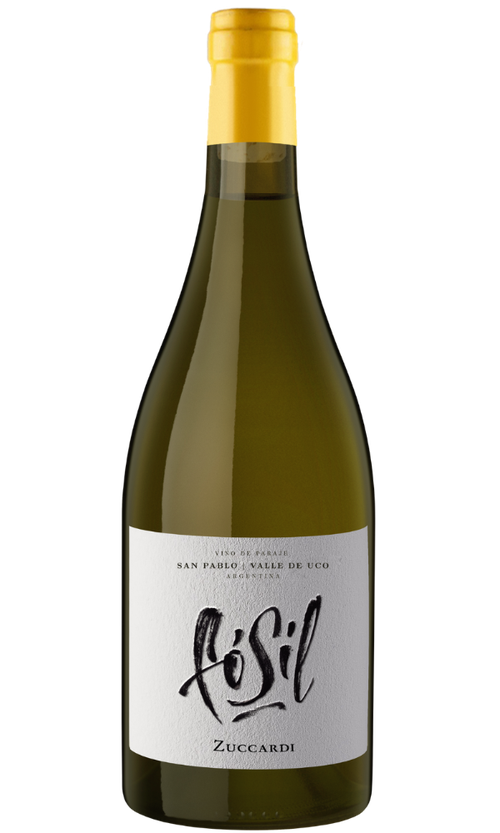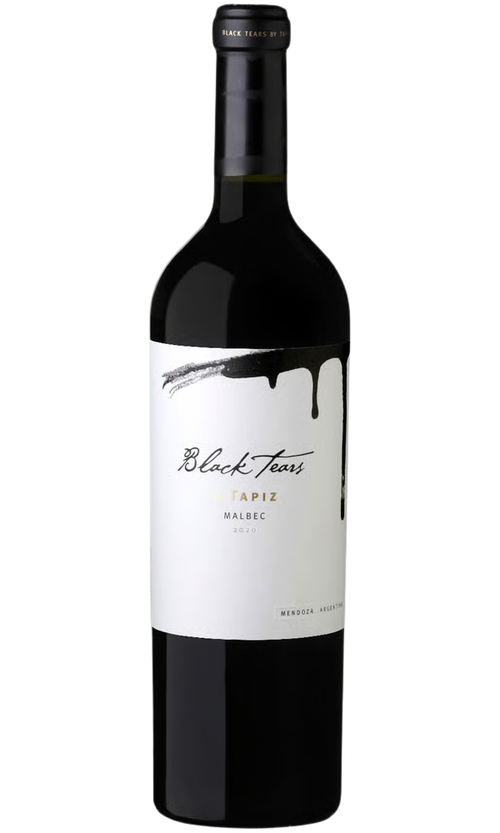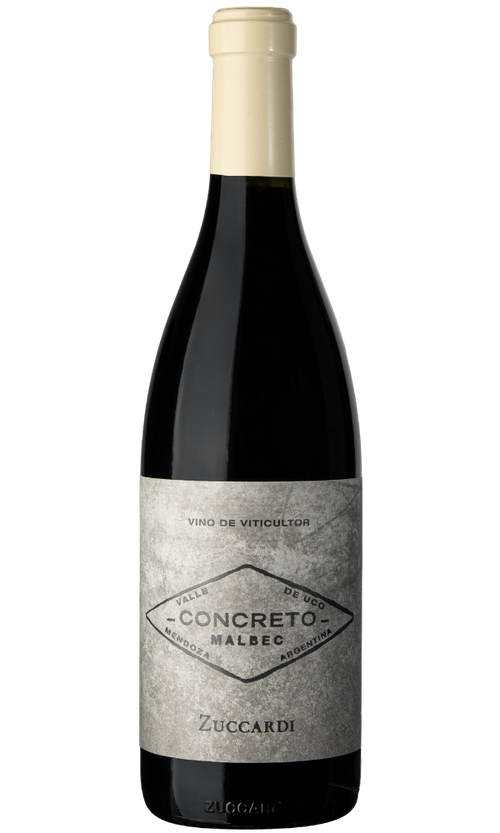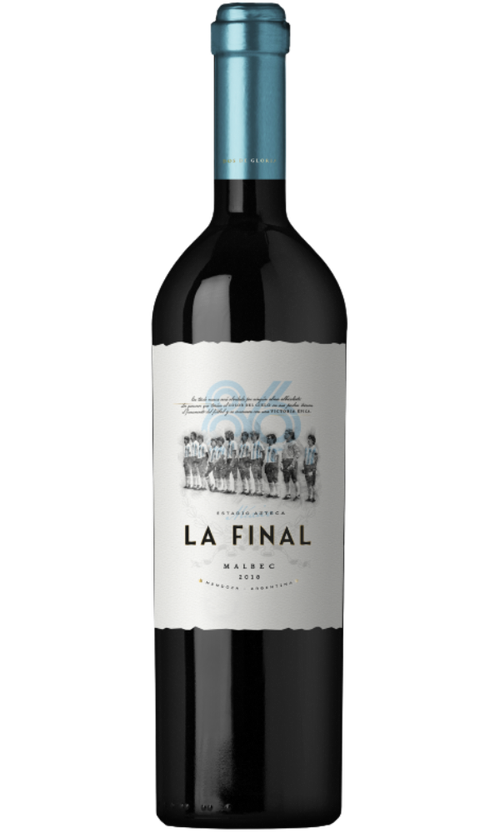
Wine from Mendoza
Region
North America
Europe
Other
Collections
- 5 left2021 Zuccardi Malbec Finca Piedra Infinita Paraje Altamira Valle de Uco
Price was$180
$150- $150 1--1 bottles 17% off
- Organic
- 2022 Domaine Nico Soeur et Freres Pinot Noir Histoire d'A Mendoza
Price was$55
$47- $47 1--1 bottles 15% off
- 2020 Tapiz Black Tears Malbec Mendoza Uco Valley$47
- $47 1--1 bottles 0% off
- Limited Time Offer2023 Zuccardi Concreto Malbec Paraje Altamira Mendoza
Price was$40
$33- $33 1-11 bottles 18% off
- $3012+ bottles 25% off
1-11 bottles
- You're on page1
- You're on page1

